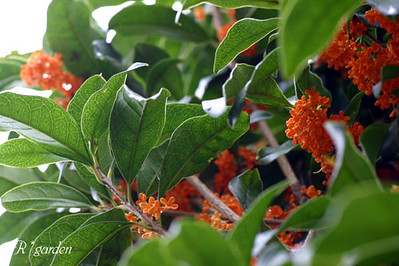When you think of Japanese flowers…
You may likely think of Sakura. The Cherry Blossom. Which is completely understandable. However, there are so many more Japanese flowers to know!
And in this guide, you’ll learn about the 19+ types of Japanese flowers. Keep in mind that while these flowers may or may not have originated in Japan, they are considered to be important in Japanese culture.
So, let’s start with the most popular types of Japanese flowers…
Most Popular Japanese Flowers
1. Sakura / 桜 – Cherry Blossom
Japanese people love the cherry blossom season. It is such an exciting time as it marks the arrival of Spring! This transition is so special, that Sakura is often used in song and poetry writing since ancient times.
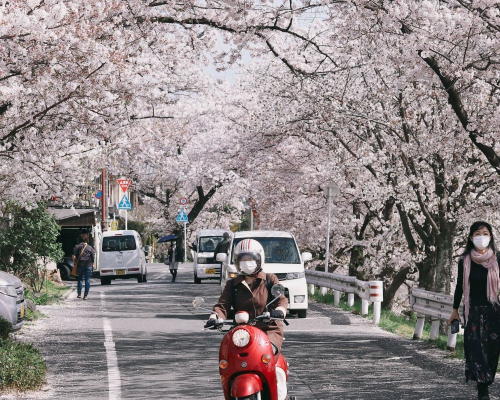
There’s a whole bunch of Cherry blossom facts to know but the most interesting one is…
There are more than 600 varieties of cherry blossoms. Yes, that many. Among them, the Someiyoshino is known as a representative variety of cherry blossoms, which may be the image that comes to mind when you think of the Sakura flower!
2. Kiku / 菊 – Chrysanthemum
Another flower representative of Japan is “Chrysanthemum”. The origin of ornamental Chrysanthemums is China. However, they are used in the crest of the Japanese imperial family, and consequently are recognized as a flower that symbolizes Japan, just like cherry blossoms.
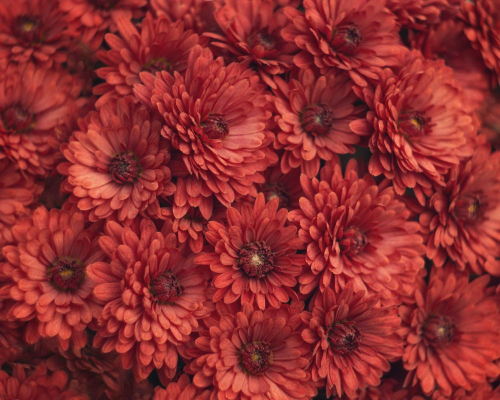
Chrysanthemum is a familiar flower that has been loved by Japanese people for a long time. It is a representative flower of the autumn season. Chrysanthemum exhibitions are held all over Japan every year. Chrysanthemums may appear on the dining table. Sometimes it is used as a garnish for cooking, and other times it is boiled and used for boiled soup, and other dishes.
3. Ume / 梅 – Plum Blossom
The third representing and significant flower of Japan is “Ume”. Although it originated in China, it is popular as a flower that announces spring prior to the arrival of cherry blossoms. Its graceful appearance of flowers and the elegance of the branches are popular among Japanese people.
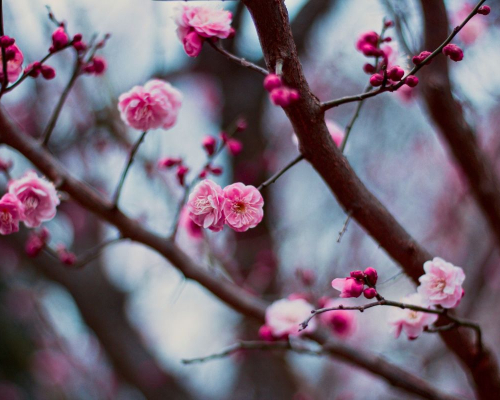
Plum blossoms have been designed in various ways and used for family crests and shrine crests. It is used as a material for dyeing and weaving, as well as a material for herbal medicine. Umeshu and umeboshi (both made from the Ume fruit) are a must-have item in almost all households, whether it is store bought or homemade.
Next, we will look at the list of Japanese flowers according to the season.
Types of Japanese Flowers in Spring
4. Sumire すみれ – Violet
Sumire is a Japanese flower that is often seen on roadsides with an attractive deep purple color. The gradation of the petals and the small figure make it look cute. It is said that the way violets quietly bloom on the roadside or in the shade of the grass is modest, so the language of this flower is “modesty” and “sincerity”.
5. Momo 桃 – Peach Blossom
March 3rd is “Momo no sekku/ festival of peach”, it is also called Hinamatsuri and it is to pray for the healthy growth and health of girls. It is a type of flower familiar to Japan that is often seen around this festival.
6. Katakuri 片栗 – Japanese Fawn Lily
This is a flower that blooms in early spring and can symbolize first love. It has a distinct lavender-colored flower with long thin petals. They bloom in the woodlands and can signify a start to the warmer weather. In the past, the Japanese fawn lily was also used as a source of starch inside foods and sweets.
7. Tsutsuji 躑躅 – Azalea
One of the most iconic Japanese spring flowers is the azalea which bloom in various shades of red, pink, and white. You’ll find azalea flower festivals across Japan where you can see hundreds of flowers bloom at one time. Everyone gets together to celebrate the arrival of spring!
8. Botan 牡丹 – Peony
Blooming in late spring to early summer, peonies or Botan are captivating flowers that appear in traditional Japanese gardens. Featuring different colors and lush layered petals it represents wealth, prosperity, and abundance. The striking flowers also make an appearance in traditional Japanese artworks.
9. Utsugi ウツギ – Deutzia
Growing in a cluster of flowers, the Utsugi is a beautiful and dainty white flower that grows on bushes. It blooms from May to July. Since they bloom in late spring to early summer, it also represents the start of the summer season. Although they are small flowers, they have been an important flower in Japanese culture. It was even mentioned in one of Japan’s oldest collections of traditional poetry called “manyoushu”.
Flowers in Summer
10. Ajisai 紫陽花 – Hydrangea
The Hydrangea blooms in June, during which is the rainy season in Japan. The fresh color and beautiful flower of the hydrangea soothes us during the damp days of the rainy season. There is a temple called “Ajisaidera” ( Hydrangea Temple) in Kamakura. The official name of this temple is Meigetsuin Temple, but people call it Ajisaidera because of the abundance and impressive beauty of the hydrangeas.
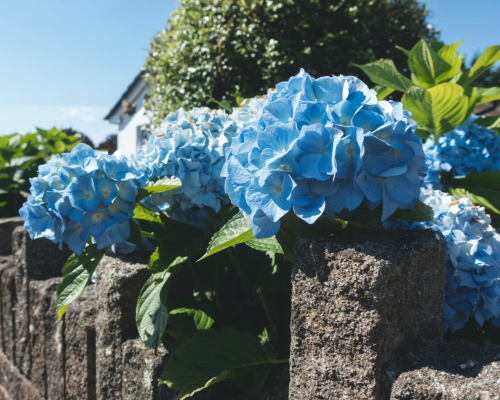
11. Asagao 朝顔 – Morning glory
Asagao is another popular flower of summer. Many people enjoy blooming asagao in their garden or balcony during the summer season. Back in the Edo period, people were so fascinated by asagao and variegated versions were said to be traded at high prices. To this day, in downtown Tokyo, an “Asagao festival/ Asagao Market” is held every year, where beautiful asagao plants are sold. This event is one of the summer staples!
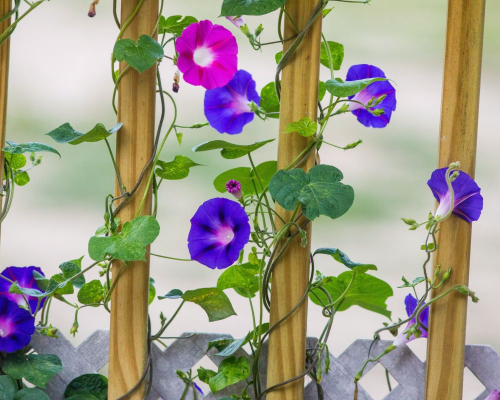
12. Ayame アヤメ – Japanese Iris
With a beautiful and vibrant purple color, the Japanese iris is one of the most symbolic traditional Japanese flowers. Known in Japanese as Ayame, it represents strength and health. The flowers typically bloom around May to June and can be found all over Japan. When you start to see these irises it signifies the start of the summer season.
13. Kikyo 桔梗 – Bellflower
This is a flower that is characterized by blue flowers that bloom during the late summer to autumn. It is considered one of the seven autumn flowers in Japan. You can find this flower as part of the design in some traditional Japanese family crests.
14. Nadeshiko ナデシコ – Dianthus
Nadeshiko flowers are characterized by their pink and wispy petals. It is an important flower in Japanese culture as it represents the ideal image of Japanese femininity. A woman who is a “Yamato Nadeshiko” means that she is caring, graceful, devoted, and motherly. Nadeshiko blooms from summer to autumn.
Now, speaking of Autumn…
Flowers in Autumn
15. Kosumosu 秋桜 – Cosmos
In kanji notation, it is written as “autumn cherry blossoms”. It has the same color as the cherry blossom, and its pink hue will captivate your eyes. Despite its cute appearance, the cosmos field that spreads all over the hill or a particular area is a spectacular sight. There are many famous places for cosmos fields all over the country, so you can enjoy beautiful cosmos everywhere.

16. Kinmokusei 金木犀 – Fragrant Olives
Kinmokusei blooms from September to October, and is bright orange in colour when in full bloom. It is often planted in parks as a hedge, and is popular as an ornamental tree as well. Its sweet fragrance notifies people of the arrival of the autumn season.
17. Higan Bana ヒガンバナ – Red Spider Lily
With its eye-catching red color, the Higanbana, or red spider lily, is an iconic autumn flower. It adds to the beautiful fall landscapes of Japan as the leaves start changing colors. The flower is also associated with death as it typically blooms during the “Ohigan” period when Japanese people visit family graves and express gratitude towards their ancestors.’
Flowers in Winter
Yes, there are flowers that bloom beautifully even in the cold winter season!
18. Sazanka 山茶花 – Sasanqua Camellia sasanqua
Sasanqua is a flower native to Japan that blooms during the transition from autumn to winter, a flower that signals the start of winter. The way the petals flutter and fall is very atmospheric. It is very similar looking to another very popular flower, Tsubaki/ Camellia. It is said that even kids know the name of this flower through a popular nursery song called “taki bi”(a bonfire).
19. Fukujuso 福寿草 – Adonis ramosa
A vibrant yellow flower, Fukujiso, also called Kanjitsuso, is known as a flower to celebrate the New Year in Japan. Since ancient times, Fukujuso has been believed to invite good luck and signify longevity. It is one of the most auspicious flowers for Japanese people as it is said to bring happiness and eternal happiness, but that is not the only reason.
In fact, the combination of displaying Fukujuso (Adonis Ramosa) together with Nanten (南天), or the English name Nandina, brings even more luck! The Nandina plant with red berries are often displayed during the New Year season; therefore, this combination is very popular in New year decoration or arrangement
Conclusion
Now you know about the types of Japanese flowers…
Their cultural significance, if any…
Plus, when you’d be able to see them.
Which are your favorite?
Are there any missing from this list?
Leave a comment!

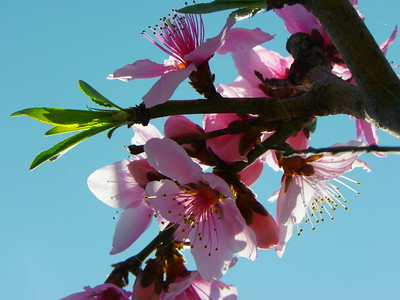

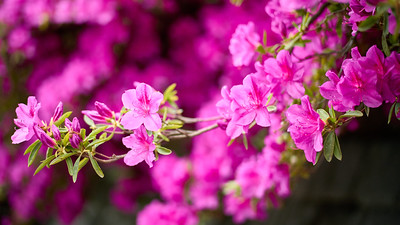
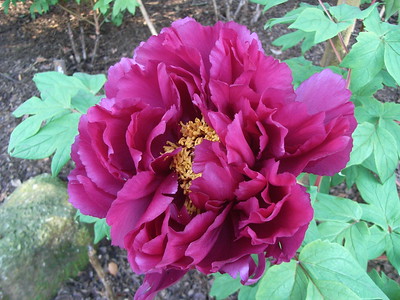



![[NFFBFFF] Kawara-nadeshiko](https://live.staticflickr.com/5498/14311174434_d3c52cc7d4_w.jpg)
